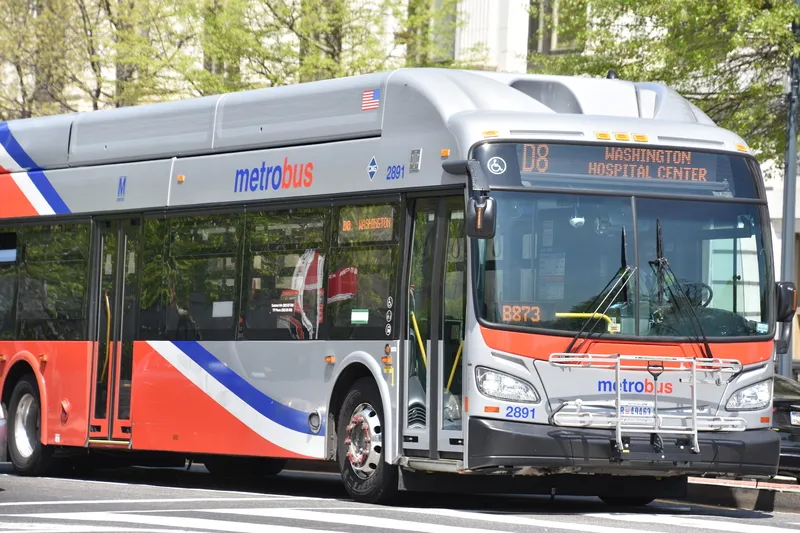
Conduent Transportation has introduced new real-time digital payment solutions over the RTP network.
These will make the billing and paying of tolls "faster, easier and more secure for transportation agencies and toll road users".
Offered through Conduent’s Digital Integrated Payments Hub, the products could later expand payment options for bus and rail transit operators, parking authorities and other public sector uses, such as traffic fines, the company says.
Conduent processes nearly 12 million tolling transactions every day - more than 4.3 billion annually - and says it manages approximately 48% of transactions of the top 10 US tolling agencies.
“Today’s public is rapidly adopting – even expecting and demanding – more digital payment options to make their financial transactions faster and more convenient, while providing peace of mind about security,” said Lou Keyes, president of transportation solutions at Conduent.
Tolling transactions via digital payments can happen in a matter of minutes, simplifying the payment process for agencies and drivers, the firm adds.
Real-time payments over the RTP network are also irrevocable and "significantly reduce" administrative and processing costs.
One example is a driver with insufficient funds to pay a toll from a tolling account: agencies can send an SMS notification to the vehicle’s registered owner, offering a real-time digital payment option.
A bill is automatically generated via Conduent’s hub and routed to the owner’s bank account.
The owner receives a notification from their bank and authorises payment.










